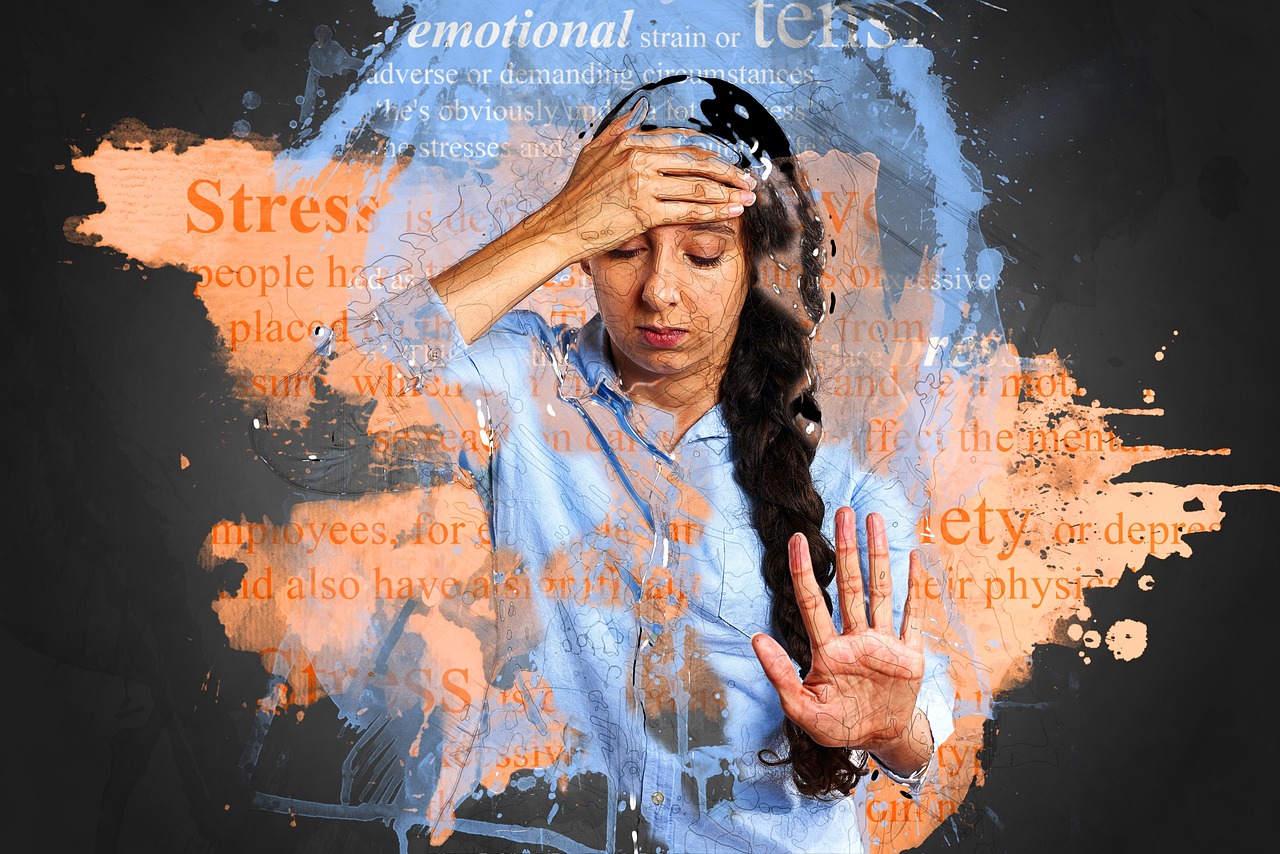PTSD Posttraumatic stress disorder is a type of psychological disorder that develops after a patient has been through or even witnessed a traumatic event. This event could refer to something dangerous, the use of force, or something that threatens a person’s death. PTSD was formerly viewed as a condition that affected only combat veterans but is now known to be an illness that can be present in both ethnic minorities and the elderly and adults of all cultures.
According to the DSM-5 of the APA, PTSD is characterised by indirect re-experiencing of the trauma, avoidance of trauma reminders, negative thoughts and emotions, changes in cognitive functioning, and increased arousal. These symptoms can take months or years to fully manifest, and they are capable of greatly interfering with a person’s daily routine.
Who experiences post-traumatic stress disorder (PTSD)?
Anyone can develop PTSD at any age, including combat veterans and those who have experienced or witnessed physical or sexual assault, abuse, accidents, disasters, or other serious incidents. People with PTSD may feel stressed or scared, even when they are not in danger. Experiencing a dangerous event isn’t always necessary to develop PTSD. Sometimes, learning that a friend or family member went through trauma can cause PTSD.

In the United States, about six out of every 100 people will experience PTSD at some point in their lives, according to the National Centre for PTSD, a programme of the U.S. Department of Veterans Affairs. Women are more likely to develop PTSD than men. Various factors, including the nature of the traumatic event and biological aspects like genetics, can increase the likelihood of developing PTSD.
Trauma doesn’t define you; it’s what you do with it that shapes your journey towards healing.
– Dr. Michael Chang, Trauma Therapist
50 Signs that you have Post-Traumatic Stress Disorder (PTSD)
These are the fifty telltale indications of post-traumatic stress disorder, or PTSD. It’s crucial to remember that people may have many symptoms. Use the following list to self-diagnose and determine whether you are exhibiting any or all of these symptoms.
- Obtrusive thoughts
- Fears
- Retrospection
- Extreme nervousness
- Excessive caution
- Intolerance
- Fits of rage
- Trouble focusing
- Issues with memory
- Steering clear of trauma reminders
- An emotional detachment
- A decrease in enthusiasm for activities
- A sense of separation
- Difficulty sustaining relationships
- Self-destructive behaviour
- Hopelessness about the future
- Negative ideas about oneself or the world
- Being quickly alarmed
- Inability to fall asleep
- Anxiety episodes
- Symptoms that are physical (such as headaches and gastrointestinal issues)
- Shame or guilt
- Depression
- Thoughts of suicide
- Abuse of substances
- Elevation in heart rate
- Perspiration
- Vertigo
- Pain in the chest
- Shaking or trembling
- Breathing difficulties
- Tension in the muscles
- Exhaustion
- Baseless anxieties
- Overwhelming feelings
- Social disengagement
- An exaggerated reaction to shock
- Difficulty feeling happy
- Temper tantrums
- Attributing the trauma to oneself
- Difficulty establishing trust
- Warped perception of reality
- Hallucinations, either visual or auditory
- A rise in agitation
- Steering clear of social situations
- Loss of connection to reality
- Sensitivity to abrupt movements or loud noises
- A sense of powerlessness
- Often fluctuating moods
- Negative feelings that linger (such as dread, rage, guilt)
5 things you can do
Based on the possibility that you may be having PTSD and if you have observed many signs that are similar to the symptoms, it is crucial to take measures and follow up so that proper follow-up is done. Here are 5 things you can do:

- Seek Professional Help: The affected individual should go for a consultation with a qualified mental health practitioner, such as a psychotherapist or counsellor who specializes in the treatment of conditions such as those caused by trauma. They can also give the correct diagnosis based on the report and recommend the best way forward.
- Practice self-care: manage the levels of stress by taking part in self-help activities that improve general wellbeing. These can range from balanced dieting, engagement in regular exercises, stress reduction practices such as meditation, and getting enough sleep.
- Educate Yourself: Visit this link to get information about PTSD signs and the ways of treating them. Education enables optimality in assessing situations and the ability to navigate your treatment and request what is best for you.
- Reach Out for Support: This is a good time to go out and seek help from friends, relatives, parents or related support groups. Reporting your experiences to individuals who can be relied upon to listen to you will help reduce feelings of loneliness and powerlessness.
- Create a Safety Plan: Create a treatment plan to reduce symptoms and prevent the repetition of damaging actions that are triggered by certain conditions. This may mean understanding how to look for the possibilities of handling the stress, including how to find people to rely on and how to ask for help during a critical period of time.
Remember that it is not a weakness to ask for help; it is the strength of the human being that is willing to accept help. PTSD is not an insurmountable condition that you need to suffer through; it is possible to seek help and find people and programmes to guide you through the process of healing.
We welcome you to reach out to us at info@mindtopsychology.com for any questions or support regarding mental health. Your well-being matters, and we’re here to help.





आपने एक महान काम किया है। आशा है कि आप सूरज की तरह चमकेंगे और आपको ठंड नहीं लगेगी।
आपकी टिप्पणी के लिए धन्यवाद। कृपया साझा करें और हमारा समर्थन करें, ताकि हम भविष्य में और अधिक मदद कर सकें।